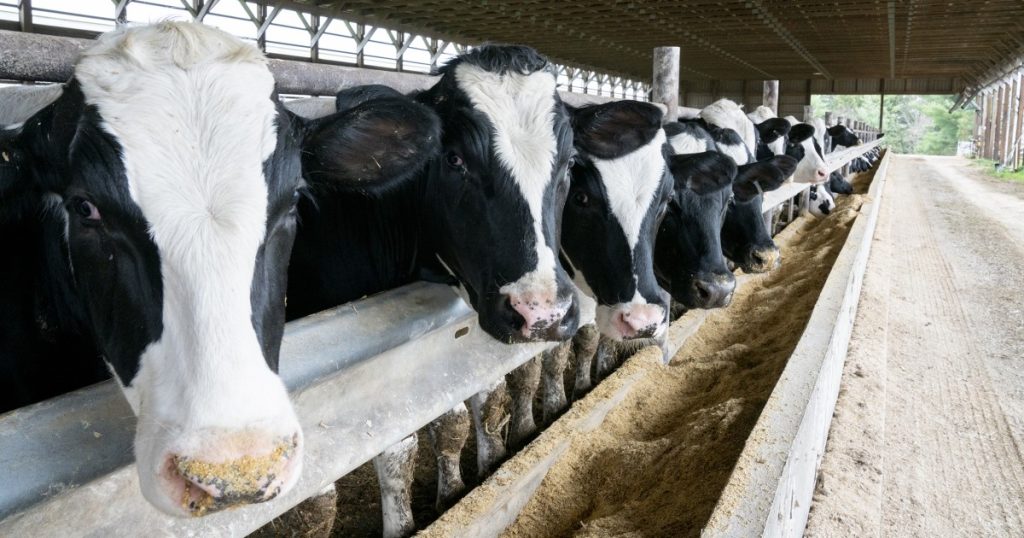A case of bird flu spreading from a cow to a human was documented in Texas, where a dairy worker developed pink eye as a result of being infected with the H5N1 strain of the virus. The man had no typical symptoms of influenza such as fever, coughing, or sneezing, but was found to have the virus in swabs taken from his eye and nose. He was treated with the antiviral Tamiflu and isolated while recovering, and no one he lived with became sick, indicating that the virus may not spread easily through coughs or sneezes. However, genetic tests confirmed that mutations allowing airborne spread could arise, highlighting the potential danger of the virus continuing to circulate among dairy cows.
The report published in the New England Journal of Medicine emphasized the need for rapid implementation of preventive measures to reduce human exposure to infected animals in order to prevent potential outbreaks in humans. The H5N1 virus has caused severe respiratory disease in infected individuals worldwide and data from other countries show a high fatality rate of more than 50% in humans. Concerns have been raised about cases going undetected among dairy farmers who fear the consequences of reporting a positive test, endangering public health and consumer confidence in the safety of dairy products.
According to the Centers for Disease Control and Prevention (CDC), more than 100 people have been advised to monitor themselves for symptoms and about 25 individuals have been tested for bird flu. No additional cases have been reported so far, but the outbreak has raised worries among dairy farmers about the economic impact and potential consequences for the dairy industry at large. Tests on pasteurized dairy products have shown no signs of live virus, reassuring consumers about the safety of these products.
The authors of the report suggested that the Texas dairy worker likely got infected by rubbing his eyes with a contaminated hand, despite wearing gloves but no eye protection. They recommended that individuals in contact with dairy cattle should wear protective equipment, including safety glasses, waterproof aprons, and sanitized boots. Although further testing to study antibodies and the duration of virus presence in the worker’s system was not possible, the case highlights the importance of taking precautions to prevent the spread of bird flu from animals to humans.
The ongoing outbreak affecting 36 herds in nine states raises concerns about the potential for the virus to continue spreading and mutating, increasing the risk of human infections. Public health officials stress the importance of swift action to prevent exposure to infected animals and environments contaminated by them. While no bird flu has been reported in cows in Wisconsin, veterinary experts warn about the impact on consumer confidence and the dairy industry as a whole in the event of an outbreak. Measures to ensure the safety of dairy products, such as testing for live virus and recommending protective equipment for workers, are crucial in preventing further cases of bird flu transmission from animals to humans.


